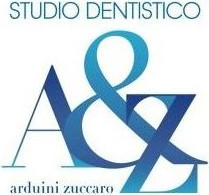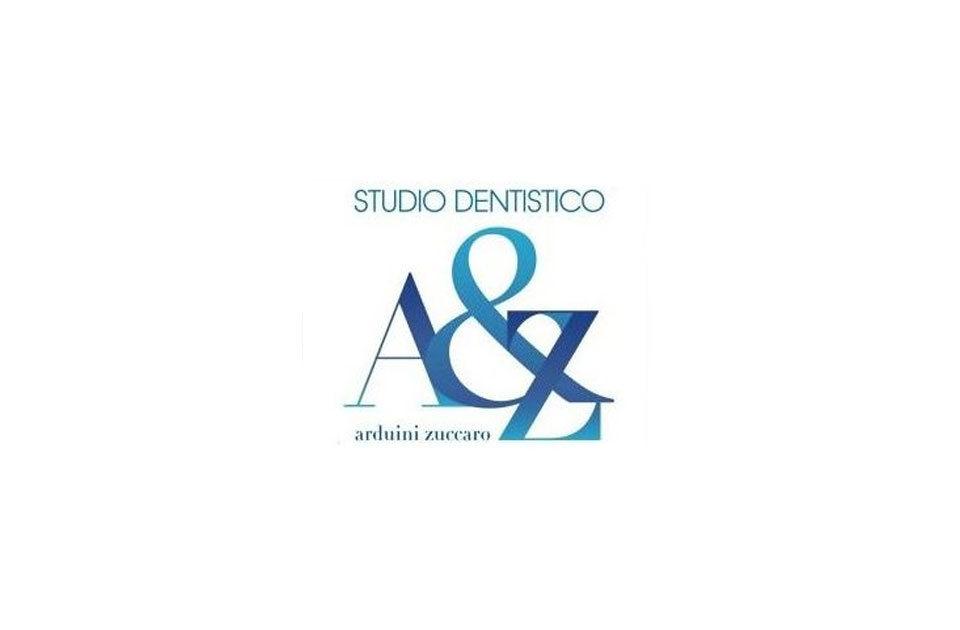Prendendo in esame le tecniche implantologiche notiamo il netto cambiamento e le continue modifiche apportate a tecniche già conosciute ed alla loro integrazione o miglioramento grazie all’uso di materiali, tecniche o macchinari che hanno rivoluzionato l’approccio. Ad esempio il posizionamento di impianti osteointegrati nei settori posteriori del mascellare superiore era spesso impossibile per la scarsa quantità e qualità di osso alveolare disponibile a causa della progressiva espansione dei seni mascellari e la presenza di una scarsa quantità di osso crestale, conseguenze inevitabili di una precoce perdita degli elementi dentali.
In particolare, il posizionamento degli impianti era controindicato quando la distanza tra il bordo alveolare e il pavimento del seno mascellare era inferiore agli 8 mm, condizione assai frequente nelle edentulie presenti da molto tempo.
Per questi motivi i chirurghi orali per molto tempo hanno evitato di effettuare interventi che coinvolgessero il seno mascellare, preferendo posizionare gli impianti nella regione frontale, anteriore al seno mascellare e, posteriormente, nel tuber o nel processo pterigoideo.
Tuttavia la volontà di utilizzare quest’area per posizionare impianti osteointegrati che avessero una integrazione ossea ottimale in un adeguato volume osseo, condizione essenziale per il successo a lungo termine di una riabilitazione protesica su impianti, ha successivamente spinto i chirurghi orali a sviluppare tecniche ricostruttive che permettessero il posizionamento di impianti in un seno mascellare rialzato grazie all’inserimento di innesti ossei, mantenendo l’integrità della mucosa sinusale.
Gli interventi di ricostruzione del seno mascellare con innesti ossei per riempire il seno mascellare e ricreare poi chirurgicamente una corretta altezza, sono eseguiti da molto tempo. È invece relativamente recente il rialzo del seno mascellare a scopo implantologico, tecnica che ha subito negli ultimi anni una sempre maggiore diffusione.
Attualmente, dall’esperienza di molti Autori si sono delineate due metodiche di rialzo del seno mascellare: la prima denominata “piccolo rialzo del seno mascellare” ottenuto per via crestale, con un contestuale o dilazionato posizionamento di impianti, con una variante, perfezionata da Summers, che prevede l’associazione di materiale da innesto; la seconda denominata “grande rialzo del seno mascellare” ottenuta con un accesso dalla parete anteriore del seno mascellare che permette di sollevare la membrana sinusale e di riempire lo spazio creato con materiale da innesto autologo o eterologo. Il posizionamento implantare immediato o differito è in funzione dello spessore di osso basale residuo che deve garantire una stabilità primaria agli impianti inseriti.
Entrambe le tecniche hanno lo scopo di ottenere una neoformazione ossea che occupi parte della cavità del seno mascellare e che permetta di posizionare impianti di adeguata lunghezza in grado, una volta integrati, di sostenere il carico masticatorio.
In the last five years progresses in odontology have been made both with materials and new technologies. Talking about dental implantology, this is the sector at a higher rate of development and with Copernican revolutions.Considering the implantological techniques we can note the distinctive change and the constant amendments brought to the already known techniques and to their integration or improvement thanks to the use of materials, techniques or machineries that revolutionized the approach. For example the placement of endosseous implants in the posterior sectors of the upper maxillary was often impossible due to the small amount and low quality of available alveolar bone caused by the progressive expansion of maxillary sinus and by the presence of a scarce quantity of crestal bone, inevitable consequences of a precocious loss of dental elements. In particular, the positioning of implants was contraindicated when the distance from the alveolar border and the maxillary sinus floor was less than 8 mm, which is very frequent in the edentulous cases protracting for a long time.For these reasons for a long time the oral surgeons have avoided performing surgery involving the maxillary sinus and have preferred setting implants in the frontal region, anterior to the maxillary sinus and, in the posterior area, in the tuber or in the pterygoid space.But the will to use this area to locate endosseous implants having an optimum osseous integration in a proportionate osseous volume, essential condition for a long term success of a prosthetic rehabilitation on implants, afterwards pushed oral surgeons to develop reconstructive techniques allowing the positioning of implants in an elevated maxillary sinus thanks to the insertion of bone grafts, maintaining the integrity of the sinus mucosa.Reconstructive interventions of the maxillary sinus with bone grafts to fill the maxillary sinus and successively surgically recreate a correct height, have been performed for a long time. Relatively recent is, on the contrary, the maxillary sinus elevation with an implantological purpose, technique that has spread more and more in the last years. At present, from the experience of many authors, two methods of maxillary sinus elevation have emerged: the first called “small elevation of the maxillary sinus” obtained by the crestal route, with a simultaneous or successive setting of implants, with a variant, perfected by Summers, which requires the association of grafting materials; the second called “big maxillary sinus elevation” obtained with an access from the anterior edge of the maxillary sinus, allowing to lift the sinus membrane and to fill the space created with autologous or heterologous grafting material. The immediate or successive fixing of implants depends on the thickness of the residual basal bone which has to guarantee a good primary stability to the inserted implants.
Both techniques aim to obtain a new osseous formation which will occupy part of the maxillary sinus cavity, allowing to locate implants of an adequate length which will be able, once integrated, to sustain the masticatory load.
The small maxillary sinus elevation
Il piccolo rialzo del seno mascellare, attuato per via crestale, è un approccio chirurgico relativamente poco invasivo ed è stato proposto, come già ricordato, da Tatum nel 1986. Summers nel 1994 introdusse una modifica della tecnica classica con l’utilizzo di materiali da innesto.
Numerose sono le varianti personali di tali tecniche che vari Autori hanno in questi anni presentato, caratterizzate da modifiche dell’incisione, dall’utilizzo di osteotomi modificati, dall’associazione di tecniche espansive o rigenerative, senza tuttavia arrivare a modificare le linee guida delle tecniche originale.
La tecnica consiste nel sollevare il pavimento del seno mascellare per alcuni millimetri, utilizzando degli osteotomi anziché frese montate su manipoli rotanti, con o senza materiali di riempimento, e prevede quasi sempre il contemporaneo inserimento di impianti osteointegrati. Con l’evoluzione della forma degli impianti, da cilindrici a “forma di radice”, spesso attualmente viene associata una espansione della cresta residua.
The small maxillary sinus elevation, realized by the crestal route, is a relatively less invasive surgical approach and was proposed, as said before, from Tatum in 1986. Summers in 1994 introduced a modification of the classical technique by using grafting materials.
The personal variations of such techniques presented in these years by several authors are many, all of them characterized by changes in the incision, by the use of modified osteotomes, by the association of expansive or regenerative techniques, without, however, deviating from the original techniques’ guidelines.
The technique consists of lifting the maxillary sinus floor for a few millimeters, using osteotomes instead of cutters placed on rotating maniples, with or without filling materials, and it requires in most cases the simultaneous insertion of osseointegrated implants. With the evolution of the shape of implants, from cylindrical to “root-shaped”, today an expansion of the residual crest is often associated.




